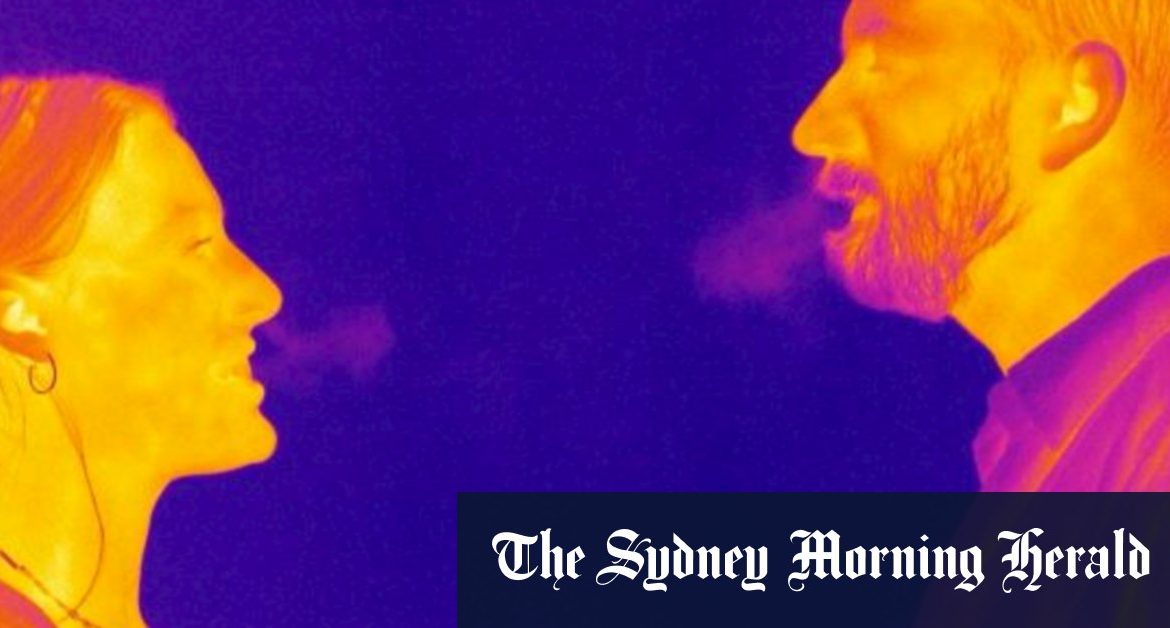The United States is grappling with a jaw-dropping surge in the number of novel coronavirus infections. More than 288,000 Americans have been killed by a virus that public health officials now say can be spread through airborne transmission.
The virus spreads most commonly through close contact, scientists say. But under certain conditions, people farther than two metres apart can become infected by exposure to tiny droplets and particles exhaled by an infected person, the US Centres for Disease Control and Prevention said in October. Those droplets and particles can linger in the air for minutes to hours.
To visually illustrate the risk of airborne transmission in real time, The Washington Post used a military-grade infrared camera capable of detecting exhaled breath. Numerous experts – epidemiologists, virologists and engineers – supported the notion of using exhalation as a conservative proxy to show potential transmission risk in various settings.
“The images are very, very telling,” said Rajat Mittal, a professor of mechanical engineering in Johns Hopkins University’s medical and engineering schools and an expert on virus transmission. “Getting two people and actually visualising what’s happening between them, that’s very invaluable.”







